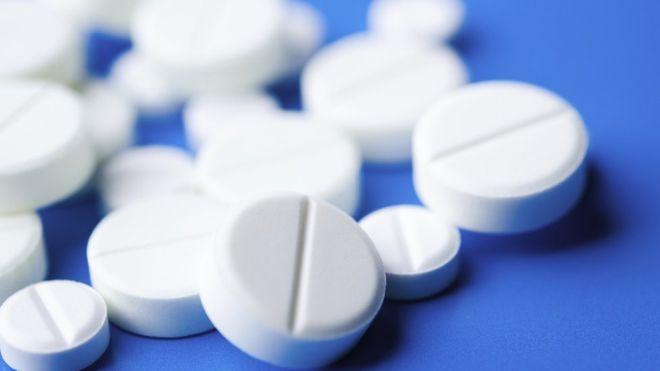
Treatment with direct oral anticoagulant (DOAC) plus P2Y12 inhibitor (dual therapy) in adults with nonvalvular atrial fibrillation (AF) after percutaneous coronary intervention (PCI) reduces bleeding risk compared with vitamin K antagonist plus aspirin and P2Y12 inhibitor (triple therapy), suggest a study.
However, the effects of dual therapy on risks of death and ischaemic endpoint remain unclear, according to the investigators.
The databases of PubMed, Embase and the Cochrane Library (inception to 31 December 2019) and ClinicalTrials.gov (until 7 January 2020), as well as website and reference lists, were searched without language restrictions for randomized controlled trials comparing the effects of dual vs triple therapy on bleeding, mortality and ischaemic events in adults with AF after PCI.
Two investigators independently abstracted data, assessed the quality of evidence and rated the certainty of evidence.
Only four trials involving a total of 7,953 patients met the eligibility criteria. Based on high-certainty evidence, dual therapy correlated with a reduced risk for major bleeding compared with triple therapy (risk difference [RD], –0.013, 95 percent confidence interval [CI], –0.025 to –0.002) at a median follow-up of 1 year.
Low-certainty evidence revealed inconclusive effects of dual therapy on risks for all-cause mortality (RD, 0.004, 95 percent CI, –0.010 to 0.017), cardiovascular mortality (RD, 0.001, 95 percent CI, –0.011 to 0.013), myocardial infarction (RD, 0.003, 95 percent CI, –0.010 to 0.017), stent thrombosis (RD, 0.003, 95 percent CI, –0.005 to 0.010) and stroke (RD, –0.003, –0.010 to 0.005).
“The upper bounds of the CIs for these effects were compatible with possible increased risks with dual therapy,” the investigators said, adding that this systematic review and meta-analysis was limited by the heterogeneity of study designs, DOAC dosages and types of P2Y12 inhibitors.